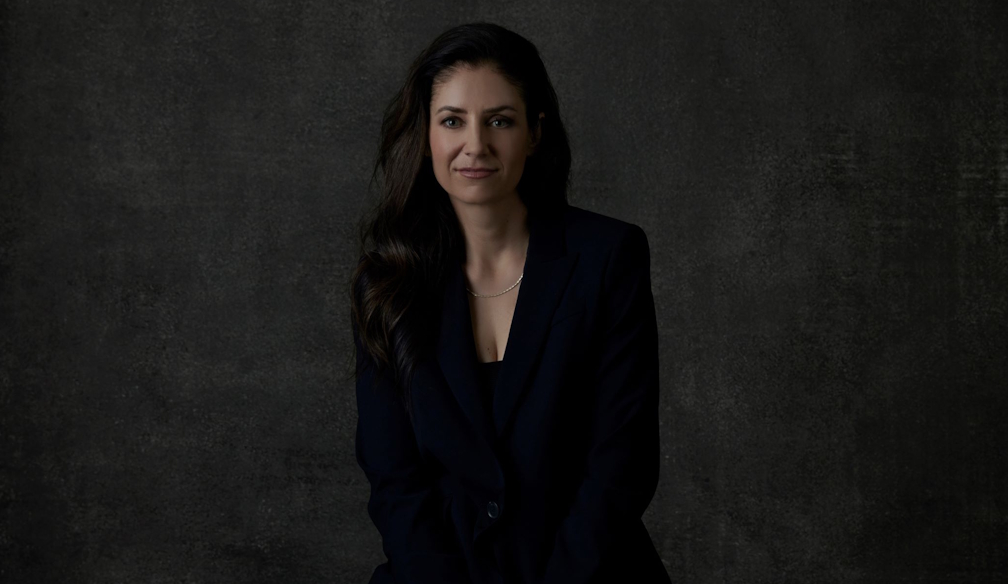What to Look for in a Coworking Space When You’re Building a Team

- Team-friendly coworking spaces require more than open desks and good lighting
- Consistency, access, and collaborative zones are essential for growing teams
- Practical questions reveal how a space functions beyond its appearance
- A workspace that adapts with your team helps support long-term stability
Starting a team is exciting — and also loaded with decisions you can’t afford to get wrong. Office space is one of them. The environment you choose will influence how your team works, connects and grows. If you’re transitioning from solo work to leading a group, the usual quick fixes like cafes or working from home probably won’t cut it anymore. You need a space that’s professional but flexible, and figuring out what that looks like is easier said than done.
You might already be working from a coworking space yourself. But scaling up comes with a new set of challenges. The goal isn’t just to find desks — it’s to build a space where your team can focus, collaborate, and feel part of something bigger than just their laptops.
The Shift from Solo Work to Team Dynamics
What works for one person doesn’t always work for five. When you’re used to making quick calls from a café or spreading out across your kitchen table, it’s easy to underestimate how much changes when you add other people into the mix. Suddenly, background noise matters. Similarly, regular meeting spaces, places to take calls, and having your team in one location, rather than scattered across different floors or buildings, are essential.
It’s not just about more room. It’s about the right kind of space. A team needs clear zones for deep work, spots to meet without booking two weeks ahead, and somewhere that feels like home without the rent commitment of a private lease. That can be hard to balance when you’re navigating office options that seem either too small or too big for where you are now.
And it’s not all logistics. Culture begins to form in the small moments — walking into the office, grabbing coffee together, and chatting between tasks. The space you choose must leave room for that kind of connection, or it risks becoming just another place where people show up and go without truly engaging.
Finding Flexible Space That Works for Your Team
There’s no shortage of shared office options these days, but not all of them are built with team growth in mind. Some cater mostly to freelancers or remote workers who come and go, while others target large companies looking to downsize into satellite setups. If your needs fall somewhere in the middle, you’ll want to browse for coworking spaces that allow for a bit of breathing room.
The right space gives your team consistency without locking you into long-term contracts. That might mean a mix of permanent desks and flexible workspaces, private meeting rooms that don’t incur extra costs, and communal areas where people can chat without disturbing others. You’ll also want to consider practical aspects such as printing access, lockers, secure Wi-Fi, and even the ambience of the kitchen. These may seem small, but they make a significant difference when you're in the space every week.
And if you’re expecting the team to grow, it’s worth asking how easily you can scale within the same building. Moving offices again in six months can cost more than you expect — in terms of time, effort, and lost momentum.
Questions to Ask Before You Commit
It’s easy to be swayed by design-led spaces with polished interiors and great lighting. But once the novelty fades, day-to-day practicality becomes the real test. Before you sign anything, dig into how the space operates. Start with access: can your team get in early or stay late if needed? Is there 24/7 availability, or will you be working around someone else’s schedule?
Next, ask about meeting rooms — not just how many, but how often they’re available. Some spaces book out weeks in advance, which can become a problem if your team relies on in-person collaboration or client meetings. Check how bookings are managed, and whether usage is included in your monthly cost or treated as an add-on.
Other useful things to clarify include internet performance during peak hours, soundproofing for calls, and how the space handles deliveries or visitor access. These aren’t just nice-to-haves. When you’re running a small team, minor disruptions add up fast. And while no office is perfect, a setup that avoids basic friction gives your team more headspace to focus.
Don’t forget to walk through during typical work hours. The vibe on a Sunday afternoon can be utterly different from that of a busy Wednesday morning. Seeing how people use the space can reveal things a tour won’t.
What the Right Space Can Do for Team Culture
You’re not just looking for somewhere to sit. The space you choose conveys a message to your team, potential hires, and anyone who visits. A good coworking setup quietly supports your culture. It encourages casual chats between tasks, creates space for impromptu meetings, and provides people with a reason to show up beyond just their to-do list.
That doesn’t mean it needs to be flashy. A clean, functional layout with thoughtful shared zones can do more for morale than a trendy rooftop. What matters is how the environment supports real work and natural interaction. A space that’s too sterile can feel isolating. One that’s too noisy can lead to burnout. The best ones strike a balance without making you overthink it.
There’s also a practical benefit to having a place your team enjoys working from. It makes onboarding smoother, helps retain staff, and reduces friction when shifting between remote and in-person collaboration. Especially if your team is hybrid, a well-chosen office gives those in-person days more value.
In the long run, that kind of consistency can be just as important as salary or perks. People want to feel like they’re part of something stable, even in flexible environments. The right space can do a lot of heavy lifting in making that happen, without needing to say a word.
Choosing with Long-Term Growth in Mind
It’s tempting to focus on what your team needs right now, but office decisions have a way of catching up to you quickly. If you’re in a growth phase, it makes sense to look six to twelve months ahead. Think about how your team structure might change, whether you’ll be hiring more frequently, or if specific roles might shift between in-person and remote.
A flexible space can absorb that change without constant stress. That might mean adding a few more desks without relocating or having access to different-sized meeting rooms as your calendar gets busier. It’s also worth asking how other tenants in the space operate. If most are small teams like yours, you’ll likely find a better cultural fit than in a building full of corporate outposts.
Above all, the right space should support your momentum. It should be easy to settle in, simple to scale, and help your team spend more time on what matters. When a workspace supports your flow instead of interrupting it, that’s when it’s doing its job.









